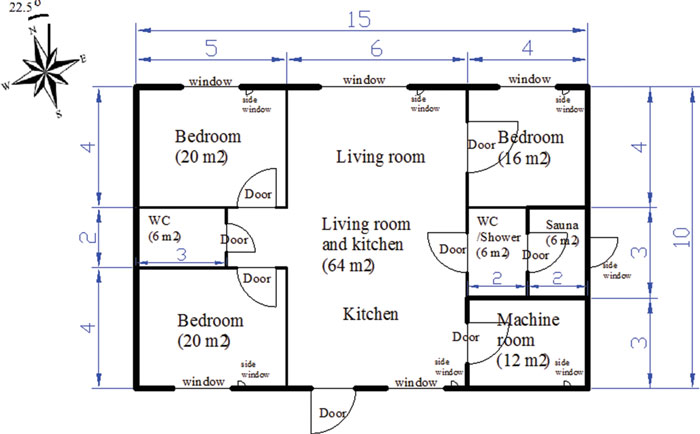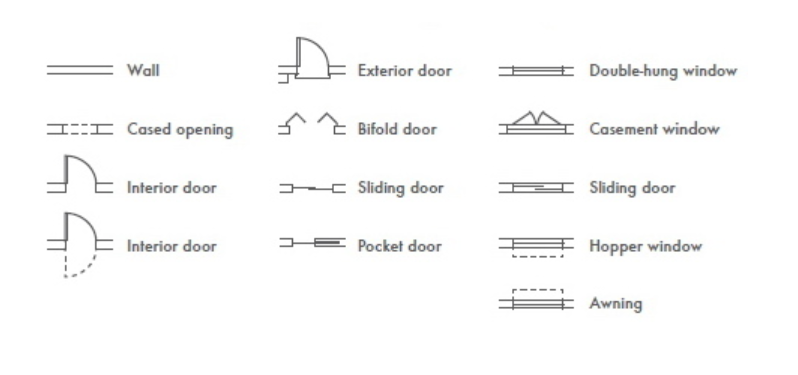Reading a Floor Plan
If you’re getting a house built, a floor plan is probably the most detailed and important part of the drafting process - and it's essential to understand how the inside of the house will be laid out.
What are floor plans?
In a nutshell, the floor plan is two-dimensional plan of how the house will look from the top down. Floor plans are a kind of cross-section, showing the layout of the house from a perspective roughly three or four feet (about a metre) above the floor.
If the house has more than one storey, your floor plan will feature clearly labelled diagrams showing each separate storey.
What’s on a floor plan?
There’s quite a lot of detail on a floor plan, and while most people will be able to make basic sense of it all at a glance, there’s still plenty to decipher in if you’re not familiar with how things are shown.
Below is a quick explanation of the more important features on a floor plan and how they’re represented:
Walls – the walls are arguably the most important part of the floorplan, because they effectively determine the size and shape of the house, and how rooms are laid out. The exterior profile of the house is normally outlined with a thick, dark line. Exterior walls are represented on the floor plan as thicker than interior walls – often to the scale of the actual intended width.
Doors – The doors in the house are represented on a floor plan indicating not only where they’re installed, but also in which direction they’ll move and on what side the handles will be (i.e. the ‘handing’ of the door). Sliding doors are often represented either by depicting the individual panels, or simply using a narrow line, sometimes with an arrow at one end.
Floors – Floors on a floor plan are often textured with shading or light coloured lines to indicate the use of different floor surfaces or coverings.
Stairs – To keep things clear, stairs feature an arrow to show which way’s up. It’s important that the details for stairs are correct on floor plans, and they’re likely to feature callouts showing specific sizes, how many risers will be used for the stair and the exact clearances that are required. Stair details are also likely to include specifics about handrails and balustrades, which are a very important safety feature in Australia.
Windows – The windows on floor plans are illustrated using unfilled blocks in areas along walls. If the windows open outwards, the arc they travel in may also be drawn in as it is for doors. Because there are so many different options for windows, these often feature a ‘callout’ on the diagram showing detailed specifics about what they’re intended to be.
Fittings and fixtures – Standard fittings and fixtures are normally diagrammed into floor plans. This includes things like kitchen cabinetry, bathtubs, toilets, showerheads, ovens, sinks (with drain boards) hot water units, dishwashers, bidets and the like. There are ‘standard’ symbols for most of these elements, and where possible they should be drawn to scale. Where dotted lines are used to depict things like kitchen cabinets, it means these items are mounted overhead.
Furnishings like bedding, televisions, sofas and dining tables are also included on many floor plans to provide a bit of context and scale. Different materials are normally specified using different shading conventions and abbreviations, although these aren’t always specified on earlier drawings.

